Urban Infrastructure Development
The rapid urbanization in India is a critical driver of the mobility demand market. With urban populations projected to reach 600 million by 2031, the demand for efficient transportation systems is escalating. Investments in urban infrastructure, such as metro rail projects and dedicated bus lanes, are expected to facilitate smoother mobility. As of 2025, the Indian government has committed over $20 billion to enhance urban transport infrastructure, which is likely to significantly impact the mobility demand market. Improved connectivity and reduced travel times may encourage more individuals to utilize public transport, thereby altering traditional mobility patterns and increasing the overall demand for diverse transportation options.
Government Initiatives and Policies
The mobility demand market in India is significantly influenced by government initiatives aimed at promoting sustainable transportation. Policies such as the Faster Adoption and Manufacturing of Electric Vehicles (FAME) scheme have been instrumental in incentivizing electric vehicle (EV) adoption. As of 2025, the Indian government has allocated approximately $1.4 billion to support EV infrastructure development, which is expected to enhance the mobility demand market. Furthermore, the introduction of stricter emission norms is likely to drive consumers towards cleaner alternatives, thereby reshaping the market landscape. These initiatives not only aim to reduce pollution but also to create a robust ecosystem for electric mobility, which could potentially increase the market share of EVs in the overall mobility demand market.
Environmental Awareness and Sustainability
Growing environmental consciousness among consumers is reshaping the mobility demand market in India. As awareness of climate change and pollution rises, there is a noticeable shift towards sustainable transportation options. Surveys indicate that approximately 70% of urban residents are willing to consider eco-friendly alternatives, such as electric vehicles and public transport, over conventional vehicles. This trend is likely to drive the demand for greener mobility solutions, as consumers increasingly prioritize sustainability in their transportation choices. The mobility demand market is expected to evolve in response to this shift, with manufacturers and service providers focusing on environmentally friendly technologies and practices to meet consumer expectations.
Economic Growth and Rising Disposable Income
The economic landscape in India plays a pivotal role in shaping the mobility demand market. With a projected GDP growth rate of around 6% in 2025, rising disposable incomes are likely to influence consumer spending on transportation. As individuals experience increased financial freedom, the demand for personal vehicles, particularly in urban areas, is expected to rise. Additionally, the expansion of the middle class is anticipated to drive the demand for various mobility services, including ride-sharing and public transport. This economic growth may lead to a more diversified mobility demand market, catering to a broader range of consumer preferences and needs.
Technological Advancements in Transportation
Technological innovations are reshaping the mobility demand market in India, particularly through the integration of smart technologies. The rise of mobile applications for ride-hailing and car-sharing services has transformed consumer behavior, leading to a shift in how individuals perceive transportation. As of 2025, it is estimated that the usage of ride-sharing platforms has increased by over 30%, indicating a growing preference for shared mobility solutions. Additionally, advancements in autonomous vehicle technology may further influence the market dynamics, as consumers become more open to innovative transportation methods. The mobility demand market is likely to see a surge in demand for tech-driven solutions that enhance convenience and efficiency.


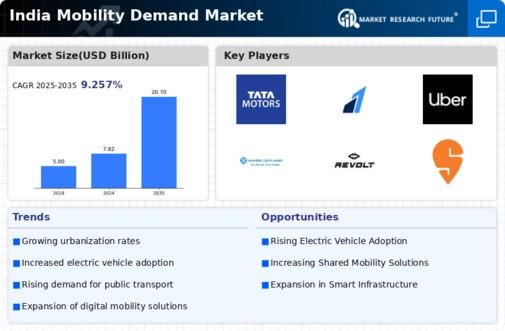
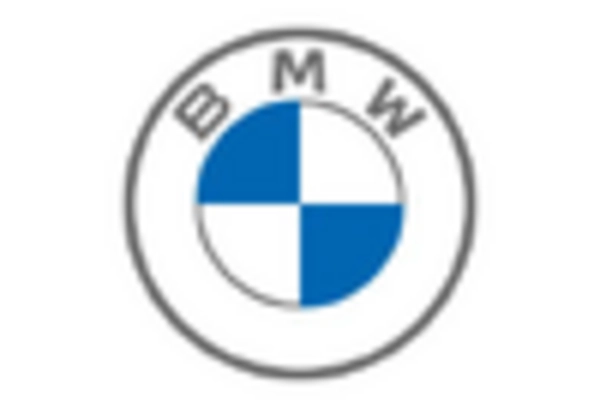


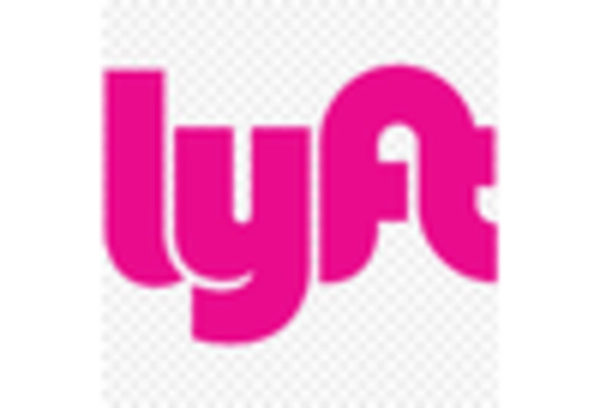
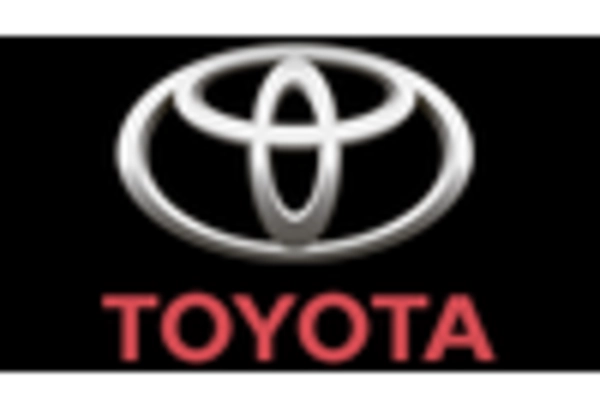
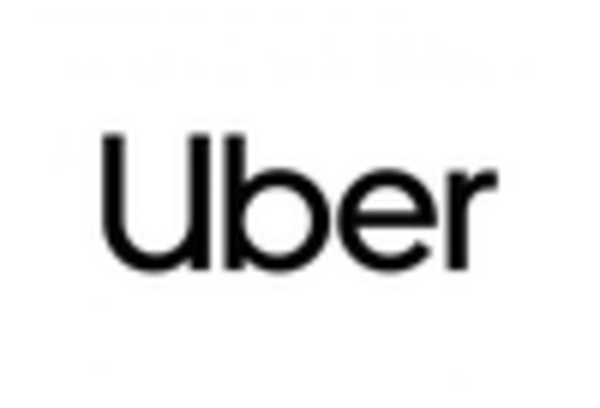








Leave a Comment